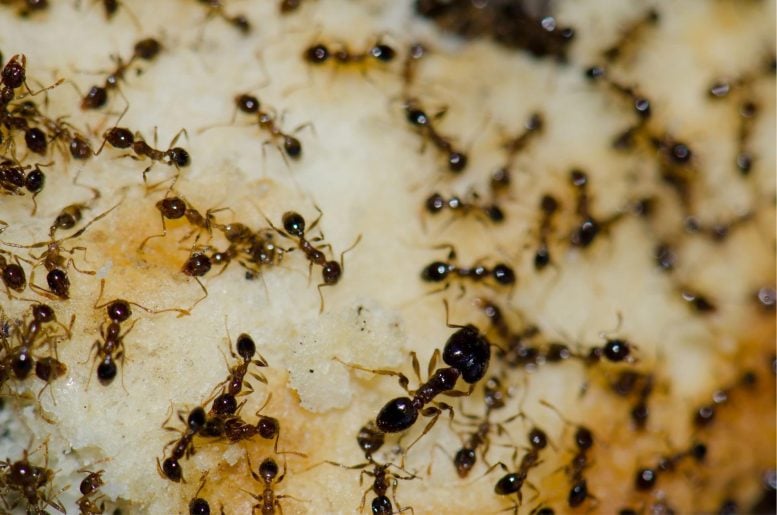
Study finds caffeine boosts Argentine ants’ efficiency in locating baits, offering potential improvements in pest control strategies.
Caffeine increases the navigational efficiency of Argentine ants towards sugary baits, suggesting a new method to enhance the effectiveness of pest control efforts.
Research on Argentine ants has shown that caffeine can significantly enhance their navigational efficiency towards baited traps. By adding caffeine to sugary baits, the ants follow more direct paths to the reward, potentially making these baits more effective. This improvement in learning and navigation could help in controlling this invasive species, which has proven resistant to traditional baits due to poor uptake and bait abandonment.
Potential Benefits of Caffeine in Pest Control
“The idea with this project was to find some cognitive way of getting the ants to consume more of the poisonous baits we put in the field,” says Henrique Galante, the study’s first author and a computational biologist at the University of Regensburg. “We found that intermediate doses of caffeine actually boost learning—when you give them a bit of, it pushes them into having straighter paths and being able to reach the reward faster.”
Argentine ants are a significant ecological and economic threat worldwide. Traditional control methods, primarily poisonous baits, often fail, likely due to low bait uptake and bait abandonment. By adding caffeine, known to enhance learning in other insects like honeybees and bumblebees, researchers hope to improve the ants’ ability to memorize bait locations and lead their nestmates back.
“We’re trying to make them better at finding these baits, because the faster they go and come back to them, the more pheromone trails they lay, the more ants will come, and, therefore, the faster they will spread the poison in the colony before they realize it’s poison,” says Galante.
Research Methodology
In the laboratory, the research team experimented with various caffeine concentrations to observe any effects on the ants’ ability to locate and revisit a sugar solution. They set up a testing environment using a LEGO bridge and an A4 sheet of paper over an acrylic surface, where they placed drops of sucrose solution mixed with varying amounts of caffeine.
“The lowest dose we used is what you find in natural plants, the intermediate dose is similar to what you would find in some energy drinks, and the highest amount is set to be the LD50 of bees—where half the bees fed this dose die—so it’s likely to be quite toxic for them,” says Galante.
Using an automated tracking system, researchers monitored the ants’ speed and the directness of their paths to and from the sugar reward. The study involved 142 ants, each tested four times. The ants were allowed to deposit the food they had gathered between trials, and researchers also removed and replaced the piece of paper so that the ants would not be able to follow their own pheromone trail back to the reward location.
Results and Observations
Without caffeine, the ants did not learn to navigate to the reward location more quickly on subsequent foraging trips, suggesting that they had not successfully committed its location to memory. However, ants exposed to low and intermediate levels of caffeine showed a marked increase in their foraging efficiency, with time reductions of 28% and 38% per visit respectively. Notably, the highest caffeine dose did not produce the same effect.
This video shows how an ant was tracked. Credit: Henrique Galante
The researchers showed that caffeine lowered the ants’ foraging times by making them more efficient, not by making them speedier. There was no effect of caffeine on the ants’ pace at any dosage, but ants that received low to intermediate doses of caffeine trips traveled by less tortuous paths. “What we see is that they’re not moving faster, they’re just being more focused on where they’re going,” says Galante. “This suggests that they know where they want to go, therefore, they have learned the locations of the reward.”
Caffeine had no impact on the ants’ homing ability (how efficiently they traveled back to the nest), though their paths home became less winding with each trip regardless of caffeine.
Implications and Future Research
The promising results indicate the potential for using caffeine to improve bait uptake in efforts to control invasive Argentine ant populations. Further research is underway, with field tests in Spain and studies to examine possible interactions between caffeine and bait poisons. This research, which was recently published in the journal iScience, could pave the way for more effective strategies for managing invasive species through behavior modification.
Reference: “Acute exposure to caffeine improves foraging in an invasive ant” by Henrique Galante, Massimo De Agrò, Alexandra Koch, Stefanie Kau and Tomer J. Czaczkes, 23 May 2024, iScience.
DOI: 10.1016/j.isci.2024.109935
This research was supported by the European Research Council, the Deutsche Forschungsgemeinschaft, and the University of Regensburg.


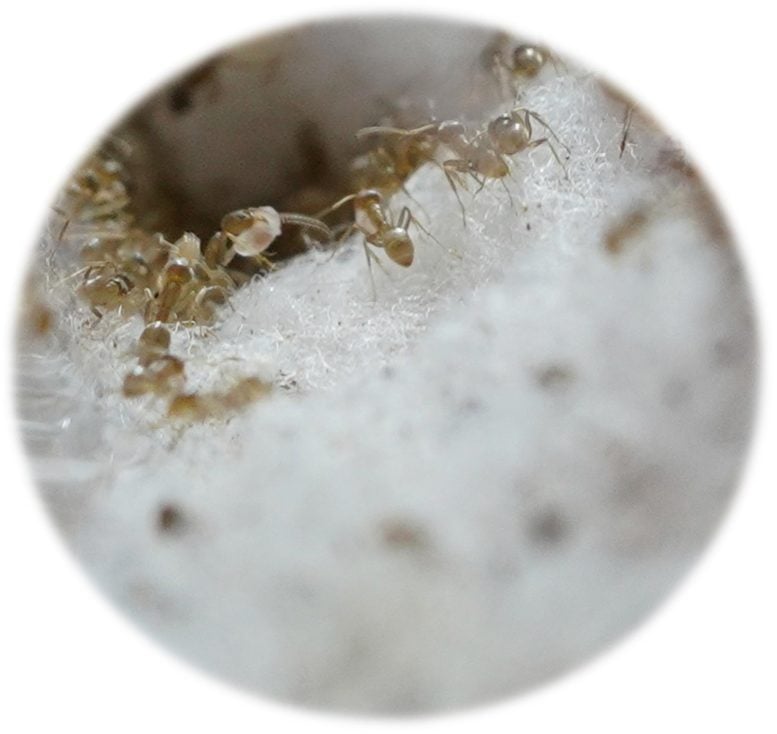



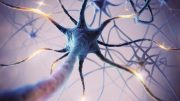
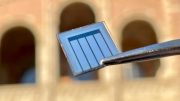
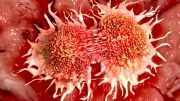
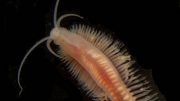

Everybody, insects included, likes an energy boost!
Might this make them better at remembering how to get into our houses, too? That’s just what we need-smarter ants.
Lets not feed them creatine. They might grow into 6ft marauders!
Oh no, now the line at my favorite Starbucks store is going to be longer because these ants are going to want a cup of Joe.
Am I the only one who is now leery of Science?
I have been there for a long time after spending four years going through all the research on antidepressants to write my book. What I found did not even begin to match what people have heard about antidepressants! Research by “science” is a joke – a very sick joke!
The ants will become habituated to caffeine and need higher and higher doses. Which means they will start getting into your coffee machine packets.
Just have an ant pest
Are these Argentine ants the same as the infamous South American invasive fire ants, that have killed off most other ants and multiplied in all our southern states? –Miss Rose from Texas
Will the cafiene affected ants, cause any disturbances with humans? With the caffiene do they become more aggressive or combative?
The researchers biggest challenge in this study was finding really tiny coffee mugs!